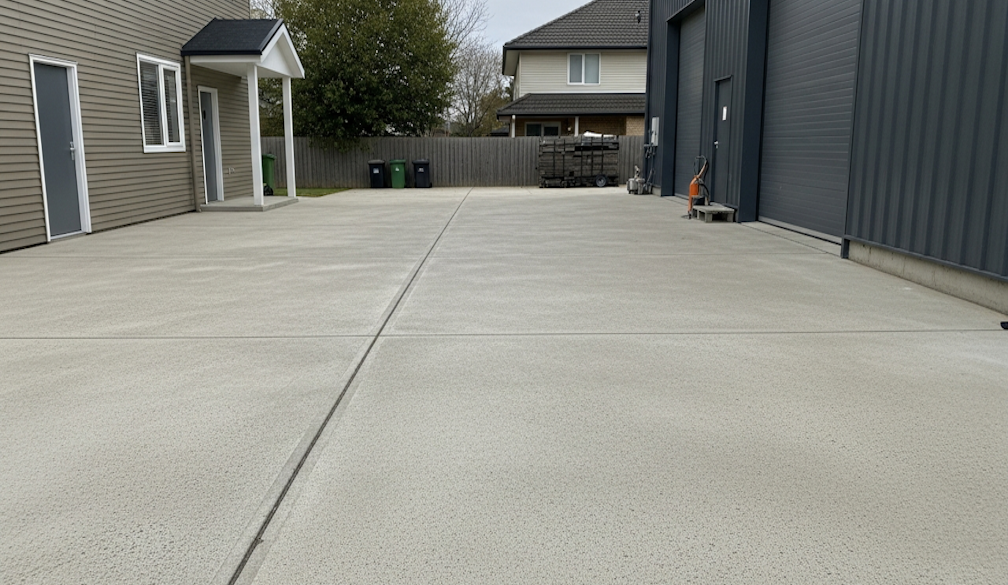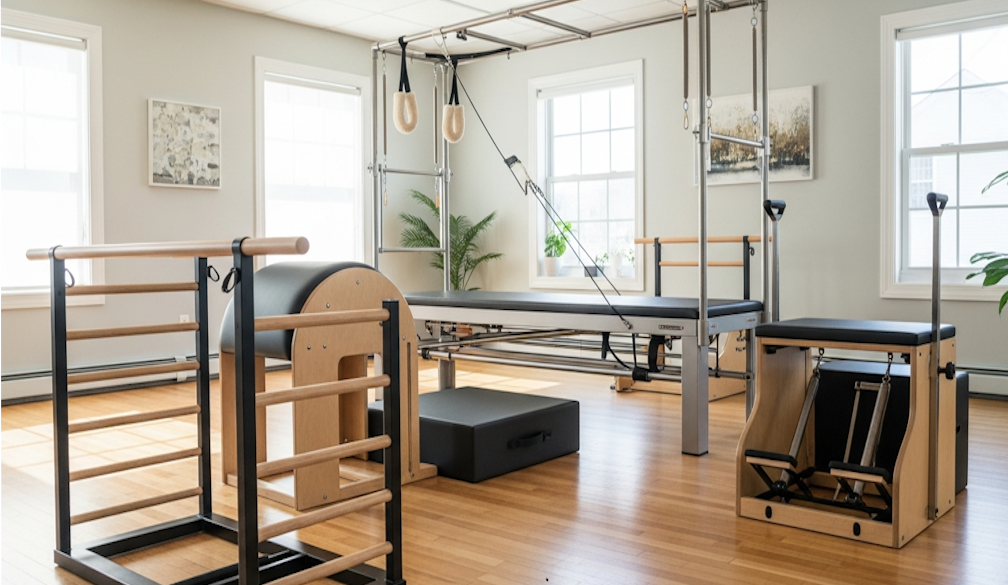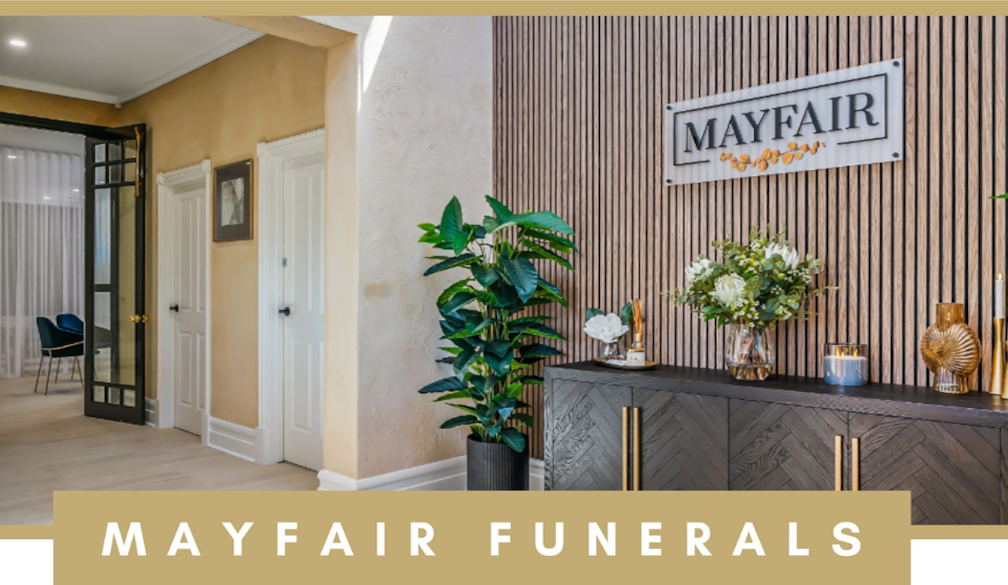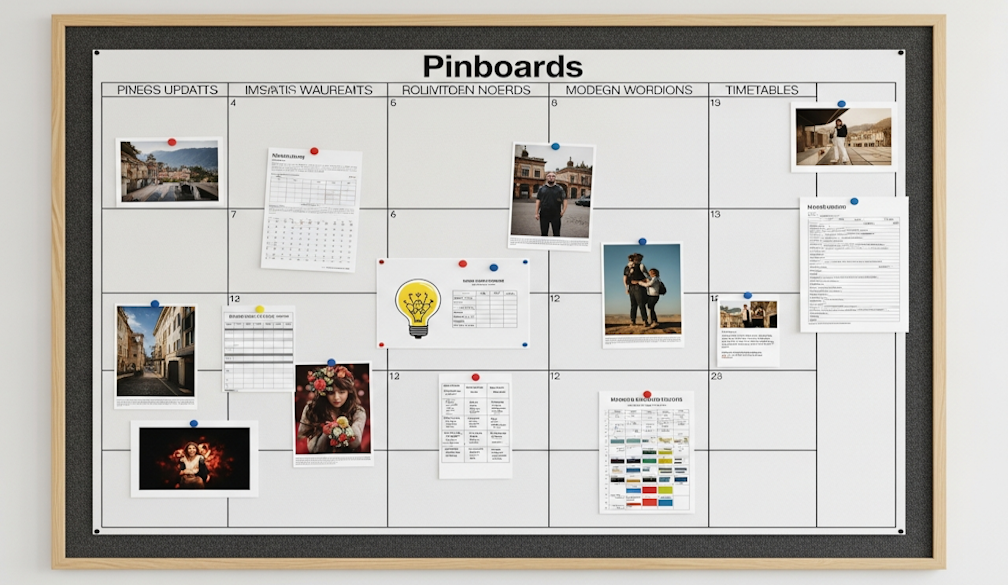Invisible Braces vs Traditional Braces: Which Is Best for Adults?

Straightening teeth as an adult is common in Australia, and the options are better than ever. The two main choices are clear aligners, also called invisible braces in Melbourne and fixed braces. Both can deliver healthy, even smiles. They do it in different ways, with different trade-offs on visibility, comfort, cost, and control. This guide sets out the facts in plain terms so you can weigh what matters to you.
What each option involves
Invisible braces cost Melbourne use a series of removable, custom trays that shift teeth in small steps. You wear them at least 22 hours a day and change to a new set every one to two weeks. Small tooth-coloured attachments may be bonded to teeth to guide certain movements. Some plans include interproximal reduction, which is a safe, minor reshaping between teeth to make space.
Traditional braces use brackets fixed to the teeth with a wire that is adjusted at visits. Brackets can be metal or tooth-coloured ceramic. Braces are always on, so they do not depend on daily discipline to work.
Quick comparison
|
Factor |
Clear aligners |
Fixed braces |
|---|---|---|
|
Visibility |
Nearly invisible in most settings |
Visible, ceramic is less obvious |
|
Comfort |
Smooth trays, mild edges; pressure with each new set |
Brackets can rub cheeks; steady wire pressure |
|
Eating |
Trays off to eat; no food limits |
Avoid hard and sticky foods |
|
Cleaning |
Brush and floss as usual after removing trays |
Brush around brackets; thread floss or use tools |
|
Control |
Excellent for mild to moderate cases |
Strong control for complex movements |
|
Visits |
Short, often 6–10 weeks apart; remote check-ins common |
Regular adjustments in person |
|
Time |
Often 6–18 months |
Often 12–24 months, varies by case |
|
Costs |
Invisible braces price Melbourne range by case and brand |
Broad range by case and material |
Effectiveness and case complexity
For mild to moderate crowding, spacing, and bite refinements, modern aligners perform reliably when worn as prescribed. They also manage many bite issues with the help of attachments, elastics, and staged planning. Fixed braces retain an edge in very complex movements. Examples include substantial root torque, severe rotations, multiple impacted teeth, and combined jaw discrepancies that may require surgery. If your dentist or orthodontist flags advanced biomechanics, braces may be the safer pick.
Lifestyle, comfort, and speech
Adults often value low-profile treatment at work and in social settings. Cheap invisible braces Melbourne are hard to spot in photos and across a boardroom table. Trays feel smooth and rarely irritate cheeks. You may notice a minor lisp for a day or two when starting or after a tray change. Braces are visible and can rub at first. Orthodontic wax helps. Many adults adapt quickly. If you give workshops or speak on camera, aligners attract fewer comments.
Oral health and hygiene
Cost of invisible braces Melbourne come out for meals and brushing. That keeps food off your teeth and lets you floss normally. The catch is discipline. You need to clean your teeth after coffee and lunch before trays go back in, or staining and decay risk rises. Braces demand careful brushing around brackets and under the wire. Water flossers and interdental brushes help. With either method, good hygiene keeps gums firm and treatment on schedule.
Appointments and flexibility
Invisible braces near me reviews are usually brief and can include remote monitoring. That suits busy calendars and travel. Braces rely on in-chair adjustments. Expect regular visits, which some adults prefer because progress feels hands-on. Either way, missed appointments or skipped tray wear slows results.
Who tends to suit which option?
Choose aligners if you want near-invisible treatment, value the ability to remove trays for meals and events, and can commit to wearing them 22 hours a day. You need to keep track of trays and maintain a strict cleaning routine. Aligners appeal to frequent presenters, hospitality workers, and anyone who needs photo-ready discretion.
Choose fixed braces if your case is complex, you prefer a set-and-forget approach, or you know compliance will be a challenge. Braces deliver strong, continuous control and do not rely on daily wear choices. Ceramic brackets soften the look if visibility worries you.
What about timeframes and predictability?
Adults often ask one question first. How long will it take? The honest answer is that biology sets the pace. Teeth move through bone at a safe rate whether you use trays or brackets. Planned movements, gum and bone health, and appointment discipline matter more than the appliance itself. A tailored plan from a dentist or orthodontist gives the most accurate estimate. Expect them to discuss refinements, since fine-tuning at the end is common.
Retention and long-term results
Both paths end with retainers to hold the new position. Neglect retention and teeth drift. Fixed wire retainers suit some lower fronts. Removable night-time retainers are standard. Budget for this from the start and ask how long retention is recommended. Many adults choose indefinite night wear because it is easy insurance.
The bottom line
Both invisible aligners and fixed braces can deliver strong results for adults. The better choice is the one that fits your case complexity, your routine, and your priorities on appearance, cleaning, and visits. A proper clinical assessment, full records, and a clear fee breakdown will protect your time and wallet. If you are comparing options in the CBD, the team at affordabledentistcbd.melbourne can explain both pathways, map a plan, and set up payments that suit your budget.

























